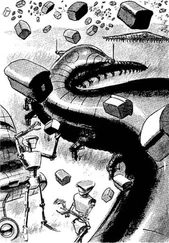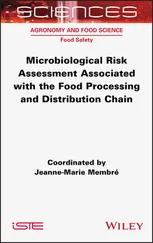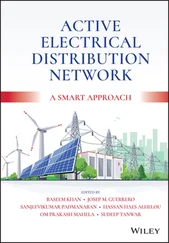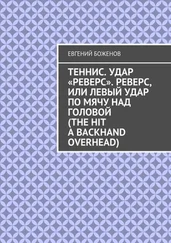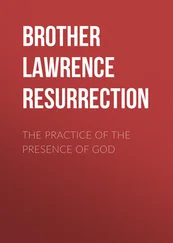The extensive conduit facilities of underground plant are generally appropriate for limited applications, such as associated with the trunk or feeder portions of the traditional telecommunications network, owing to the high cost of this method of construction. However, the availability of several vacant conduits does provide flexibility, including the capability to postpone installation of expensive trunk or feeder facilities (fiber-optic, etc.) until the need arises. Such expensive underground conduit systems are also the only viable alternative in metropolitan or large urban areas where overhead lines and/or future digging are not practical options. In comparison, direct-buried plant is a lower cost method for placing individual cables belowground between any desired termination points, but lacks any flexibility with respect to future additions or replacements. While the placement of utility lines belowground, using either method of construction, avoids much of the potential damage resulting from extreme weather events, there is nonetheless greater vulnerability during incidents of flooding and accidental damage during excavation work in the area.
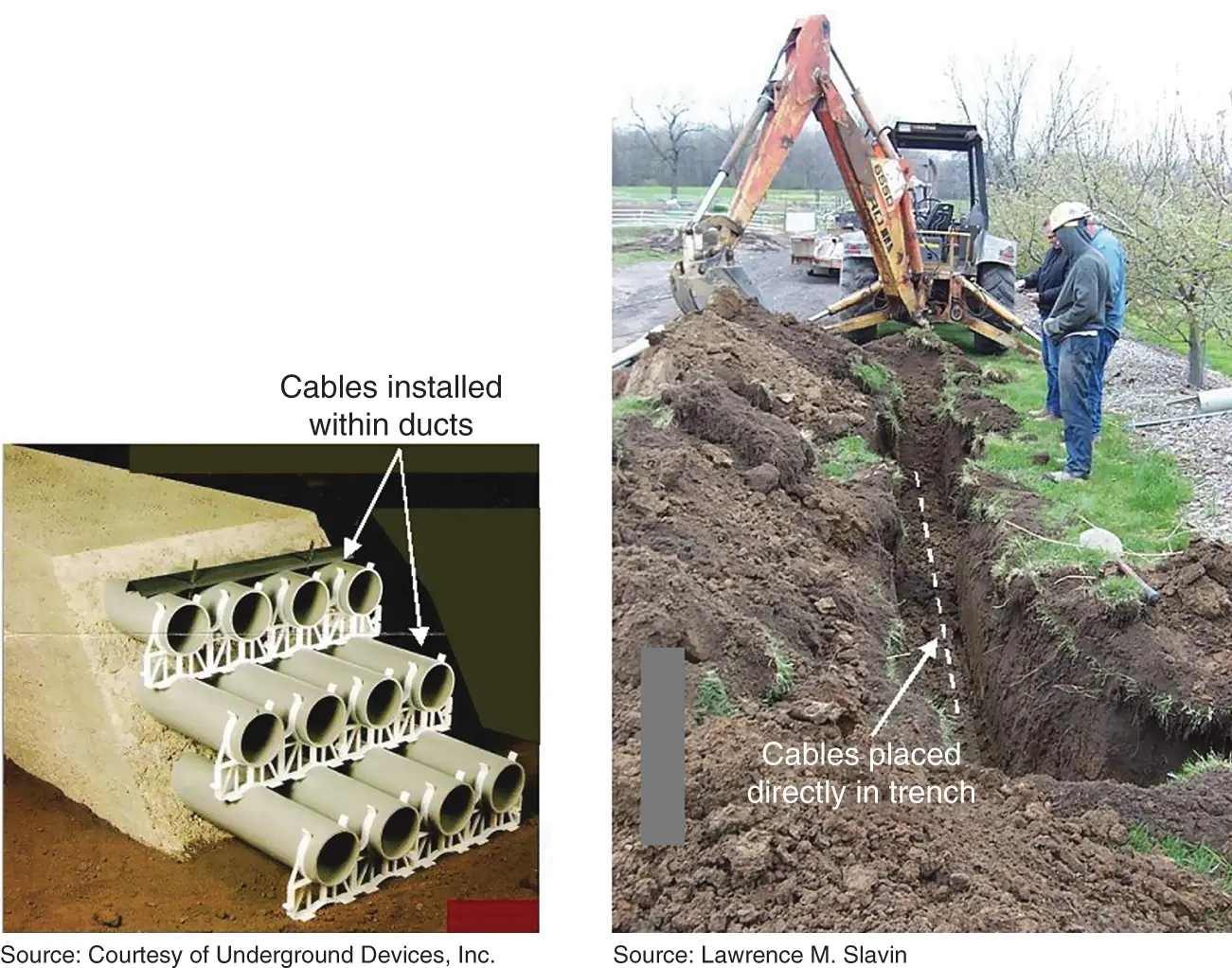
Figure 1.1 Typical belowground construction.
Although not esthetically pleasing, the ubiquitous overhead lines throughout the United States – supported by possibly as many as 200 million utility poles – provide many important benefits, and is the reason these structures and suspended lines continue to be widely used. Individual distribution poles, or even lattice transmission towers, require minimum real estate at the ground level, and allow new lines to be readily deployed in available overhead space. This includes otherwise difficult crossing applications, or where expensive belowground construction methods (e.g. directional drilling) would be required, such as at highways, railroads, and waterways. Overhead installations avoid the many possible issues encountered when attempting to perform construction beneath the surface in various or unknown belowground conditions, often in the presence of existing belowground facilities. The latter situation can be particularly hazardous, especially when power or gas lines are in the vicinity. The use of mandatory “call-before-dig” rules, and related utility locating practices, are not infallible, and unfortunate accidents may occur in spite of such precautions.
Apart from natural or man-made disasters, overhead lines are exposed to environmental stresses that are generally less severe than the persistent wet and corrosive surroundings that can be found belowground. As a result, it is often more of a challenge to design the belowground cables and/or the associated conduit/manhole facilities with sufficient resistance to those degradation forces than where the cables are placed overhead. In addition, if degradation occurs, or water penetrates the belowground plant, their repair and replacement is more difficult, expensive, and time-consuming. In general, overhead lines are inherently significantly less expensive to install and maintain than belowground facilities, as well as being characterized by greater flexibility for the addition, rearrangement, and/or replacement of the supported lines and equipment.
Figure 1.2illustrates a typical distribution utility pole application including sharing, or joint-use, of the pole for supporting electric power supply and communications (telephone, Cable/CATV) lines.
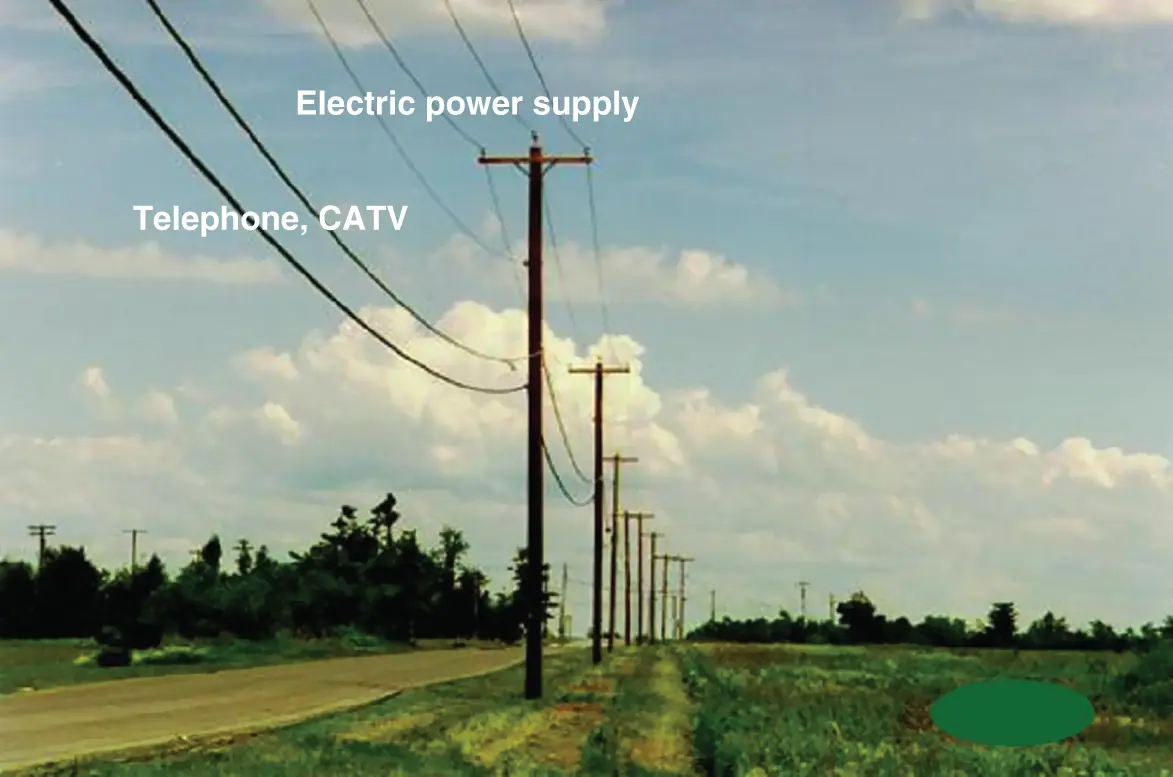
Figure 1.2 Typical joint-use utility pole application.
Source: Lawrence M. Slavin.
It is recognized that the increasing deployment of wireless technologies (cellular phones, satellite TV, etc.) has greatly impacted the communications industry, resulting in lost revenue for some of the wireline-based utilities. Nonetheless, it will be a very long time, if ever, before cable-based wireline communications become replaced and discarded. Wireless technology is inherently inferior to wireline (copper, fiber, coax) technologies with respect to various characteristics and features (security, reliability, quality, information capacity, etc.), thereby inhibiting elimination of physical cables. The present major investment in new wireline facilities by the major telephone companies, wherever feasible, bears witness to this principle. Furthermore, “wireless” systems contain multiple wireline segments, such as for interconnecting towers and cell sites, and for providing backhaul communications to the necessary central offices and data centers, as well as for supplying power to the wireless facilities. Ironically, the deployment of the latest wireless technology requires denser placement of antennas than previous systems, encouraging their installation at a larger number of elevated locations, for which utility structures and poles are prime candidates. In particular, the much vaunted 5G wireless age relies on these utility poles as the required fundamental infrastructure to provide the comprehensive coverage necessary for their new services, for which the physical issues discussed in this manual should be considered. In addition, although various alternatives are being pursued for distributed, renewable energy sources for electric power, the continued use of physical cables for transporting electric power supply to homes and industries will be required for the indefinite future.
Конец ознакомительного фрагмента.
Текст предоставлен ООО «ЛитРес».
Прочитайте эту книгу целиком, купив полную легальную версию на ЛитРес.
Безопасно оплатить книгу можно банковской картой Visa, MasterCard, Maestro, со счета мобильного телефона, с платежного терминала, в салоне МТС или Связной, через PayPal, WebMoney, Яндекс.Деньги, QIWI Кошелек, бонусными картами или другим удобным Вам способом.






